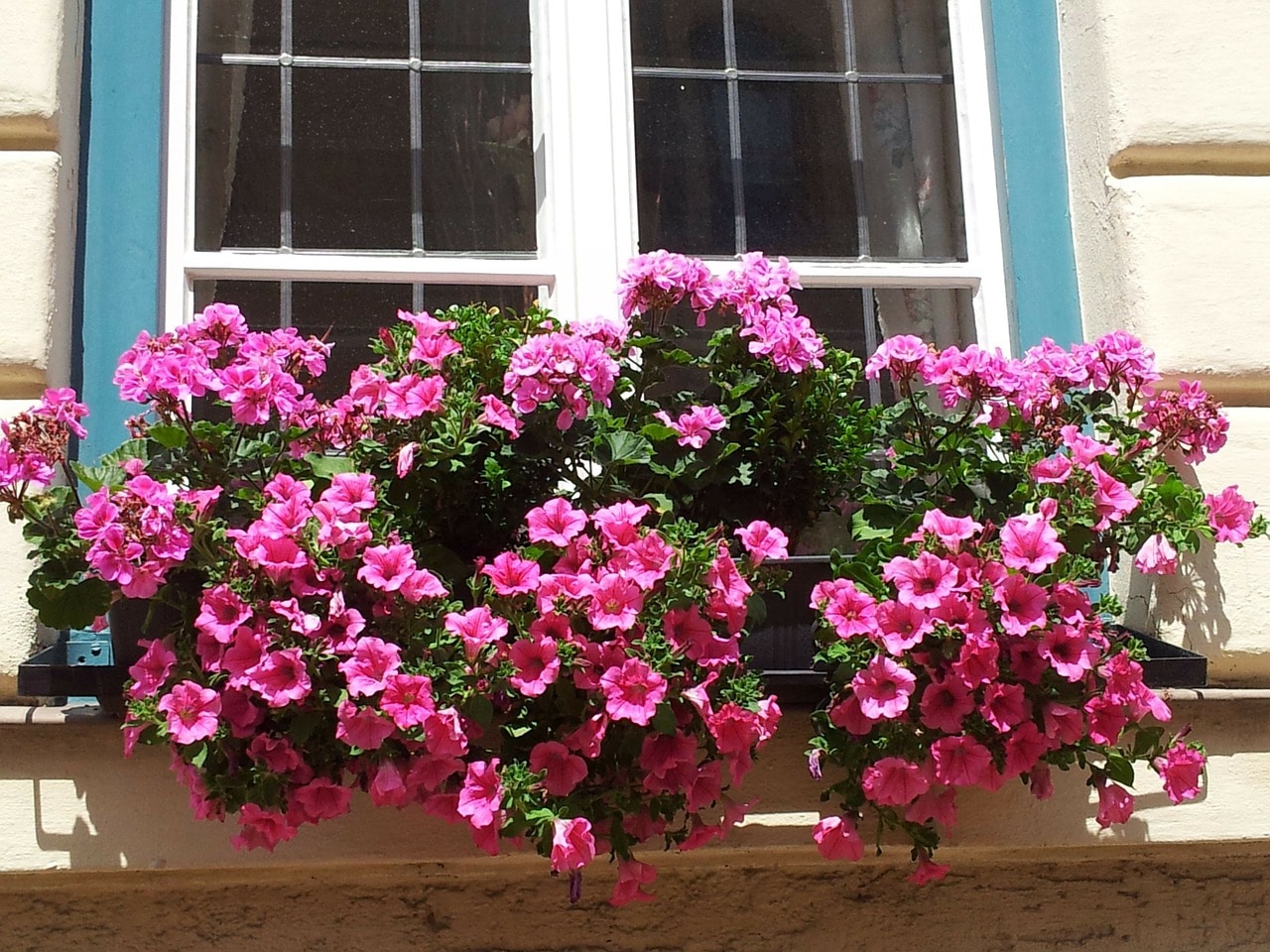Learn how to grow petunias from cuttings in four easy steps. Using cuttings to root petunias is one of the two best ways to propagate these trumpet-shaped flowers. Seasoned gardeners even preferred rooting with cuttings instead of seeds because of the latter’s notoriously small size.
Additionally, it takes a long time to get seeds, especially from hybrid petunias, compared to cuttings where you can even bloom earlier. So if you want a productive garden without setbacks, using cuttings is the better choice. After all, this propagation method guarantees that you’ll be having clones of the plant you’ve taken the cuttings from.

Speaking of plant for cuttings, it’s advantageous to grow your plants in a greenhouse. Parent plants for gathering cuttings should be healthy and strong. Therefore, they should be in an ideal environment like the greenhouse to prevent stress and diseases.
How To Grow Petunias From Cuttings For Success
Most trailing petunias and other cultivars will be better for propagation via cuttings. While the process is not fool-proof, the risks such as low-quality growing medium and excess humidity are factors that you’ll face even if you propagate petunias from seeds. The reward with proper care outweighs the risks since you can take cuttings in mid-spring for a healthy bloom all summer.
Prepare mixture
The first step and perhaps one of the most critical parts for your propagation’s success is your growing medium’s quality. An excellent example of a growing medium is a mixture of perlite and moss or potting soil, coarse sand, or vermiculite. You can fill a plastic pot or cell pack with this mixture and moisten the mix all the way through.
For moistening the medium, you can mist it, but you can also soak the mixture in water. For the latter, remember to drain for 15 minutes.
Gather cuttings
As mentioned earlier, the parent plant for the cuttings should be healthy. Additionally, you want to use the best petunia plant you have since you’re getting its clones later. The best parent plant would be something that has a compact growth of big and brightly-colored flowers.
When should you collect cuttings? The best time to do is in fall before frost. Check your growing zone first and then mark your calendar to prevent problems with frost.
Afterward, you can take cuttings from the top of the plant stem. A length of 3 to 5 inches is excellent, and choose a stem with many leaves but no buds and flowers. The University of Maine mentioned that you should use a sterilized, sharp cutting tool to prevent disease transmission.
It’s crucial that you also take the cutting ⅛ inch below a set of mature leaves and then take the leaves from the stem, leaving the bottom one-third of the cutting bare. Removing the buds and flowers will also help the cutting focus its energy on growth instead of reproduction once you’ve planted it. Lastly, before planting, don’t forget to use a rooting hormone to encourage healthy and strong roots.
Planting
Before planting, treat the portion of the stem without leaves with a rooting hormone. You can use a cotton swab for the application to ensure that you reach the nodes and severed end of the cutting. Hygiene is also an essential part of this process to prevent contamination, so use a separate container to do the dipping.
You should also check that the medium is moist, but porous as a dry medium will affect the propagation. You can maintain the medium’s moisture by misting, but you can also use clear plastic bags. Place the cuttings under light shade and if you opted to cover them with bags, make sure that the moisture evaporates, and the plastic doesn’t touch the cutting.
Maintenance
Placing your petunia cuttings at a location around 75°F should help with rooting. Additionally, the emphasis is necessary on the moisture maintenance of the medium. Mist around the base of the cutting, but be careful not to overwater the medium.
When it comes to fertilizing the petunia cuttings, use diluted fertilizer to prevent damaging the roots. You must also not water on the week you’re feeding the plants. You can check if the plant has rooted every three weeks or two if it resists gentle tugging.
Once your plants are mature enough for transplanting, make sure to harden them off before putting them outside. To do so, slowly remove the plastic covering for more extended periods. Your plants should withstand normal conditions for 8 hours without wilting.
Conclusion
The trumpet-shaped flowers of petunias will surely enhance the look of your garden. If you have favorite petunia plants, learn how to grow petunias from cuttings from them to get more copies of your best plants. The process includes preparing the mixture, cutting, planting, and maintenance, all relatively easy to follow.
Create the best medium using perlite and moss and use a sanitized cutting tool to gather 3-inch cuttings. Dip them in the rooting hormone and ensure that the medium is moist. Maintain the ideal growing conditions using a greenhouse before hardening them and transplanting them outdoors.
One can ensure that the seedlings will root and grow strong for transplanting when you use a greenhouse to start them. The greenhouse will not limit you even if your area’s conditions like temperature and weather are not supportive of petunia growth. You can also let your plants establish themselves, so your petunias can survive outdoors without wilting.
